Cover
Copyright
Credits
About the Author
About the Reviewers
www.PacktPub.com
Table of Contents
Preface
Chapter 1: Probability
The theory of probability
Goals of probabilistic inference
Conditional probability
The chain rule
The Bayes rule
Interpretations of probability
Random variables
Marginal distribution
Joint distribution
Independence
Conditional independence
Types of queries
Probability queries
MAP queries
Summary
Chapter 2: Directed Graphical Models
Graph terminology
Python digression
Independence and independent parameters
The Bayes network
The chain rule
Reasoning patterns
Causal reasoning
Evidential reasoning
Inter-causal reasoning
D-separation
The D-separation example
Blocking and unblocking a V-structure
Factorization and I-maps
The Naive Bayes model
The Naïve Bayes example
Summary
Chapter 3: Undirected Graphical Models
Pairwise Markov networks
The Gibbs distribution
An induced Markov network
Factorization
Flow of influence
Active trail and separation
Structured prediction
Problem of correlated features
The CRF representation
The CRF example
The factorization-independence tango
Summary
Chapter 4: Structure Learning
The structure learning landscape
Constraint-based structure learning
Part I
Part II
Part III
Summary of constraint-based approaches
Score-based learning
The likelihood score
The Bayesian information criterion score
The Bayesian score
Summary of score-based learning
Summary
Chapter 5: Parameter Learning
The likelihood function
Parameter learning example using MLE
MLE for Bayesian networks
Bayesian parameter learning example using MLE
Data fragmentation
Effect of data fragmentation on parameter estimation
Bayesian parameter estimation
An example of Bayesian methods for parameter learning
Bayesian estimation for the
Bayesian network
Example of Bayesian estimation
Summary
Chapter 6: Exact Inference Using Graphical Models
Complexity of inference
Real-world issues
Using the Variable Elimination algorithm
Marginalizing factors that are not relevant
Factor reduction to filter on evidence
Shortcomings of the brute-force approach
Using the Variable Elimination approach
Complexity of Variable Elimination
Graph perspective
Learning the induced width from the graph structure
The tree algorithm
The four stages of the junction tree algorithm
Using the junction tree algorithm for inference
Stage 1.1 – moralization
Stage 1.2 – triangulation
Stage 1.3 – building the join tree
Stage 2 – initializing potentials
Stage 3 – message passing
Summary
Chapter 7: Approximate
Inference Methods
The optimization perspective
Belief propagation on general graphs
Creating a cluster graph to run LBP
Message passing in LBP
Steps in the LBP algorithm
Improving the convergence of LBP
Applying LBP to segment an image
Understanding energy-based models
Visualizing unary and pairwise factors on
a 3 x 3 grid
Creating the model for image segmentation
Applications of LBP
Sampling-based methods
Forward sampling
The accept-reject sampling method
The Markov Chain Monte Carlo sampling process
The Markov property
The Markov chain
Reaching a steady state
Sampling using a Markov chain
Gibbs sampling
Steps in the Gibbs sampling procedure
An example of Gibbs sampling
Summary
Appendix: References
Index
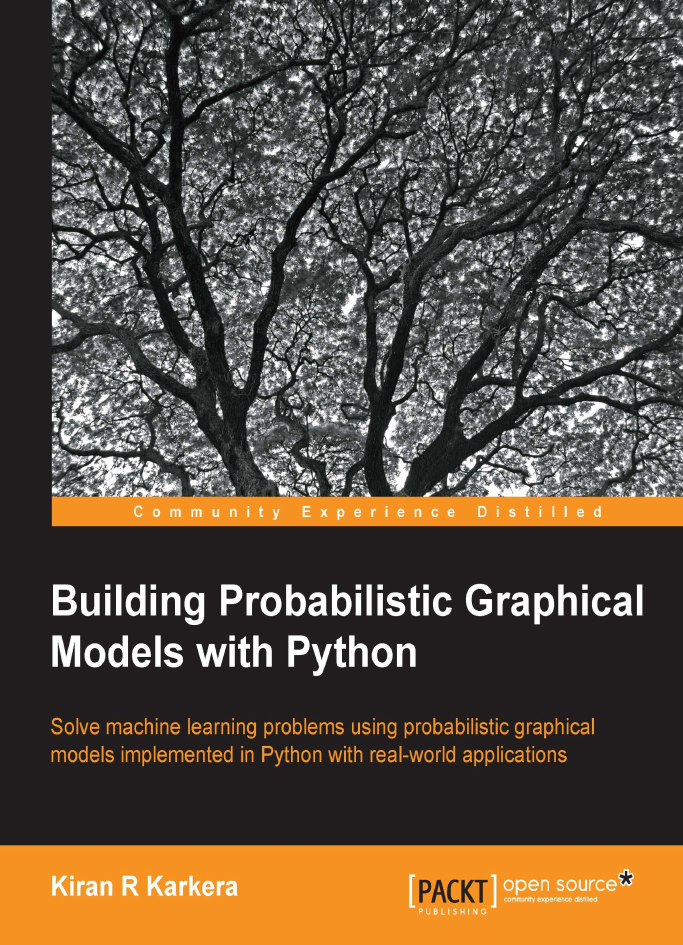
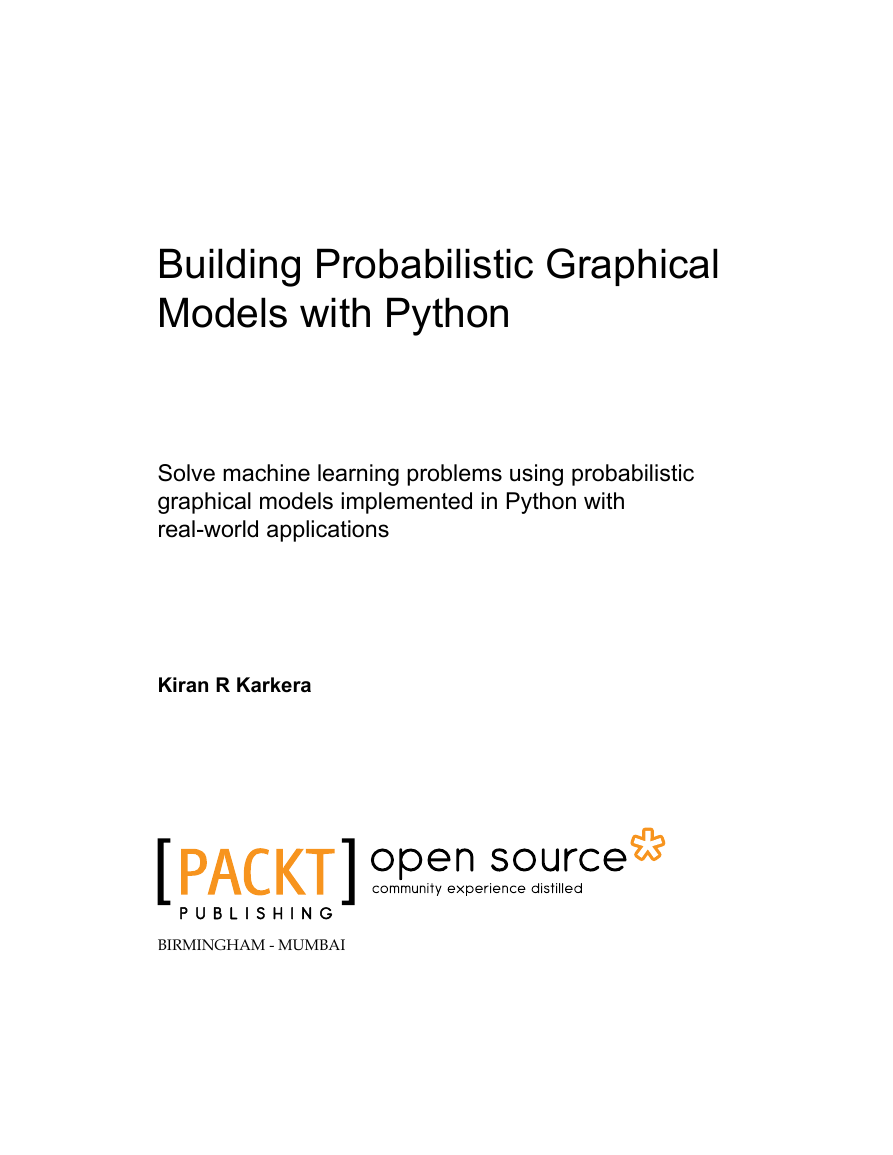
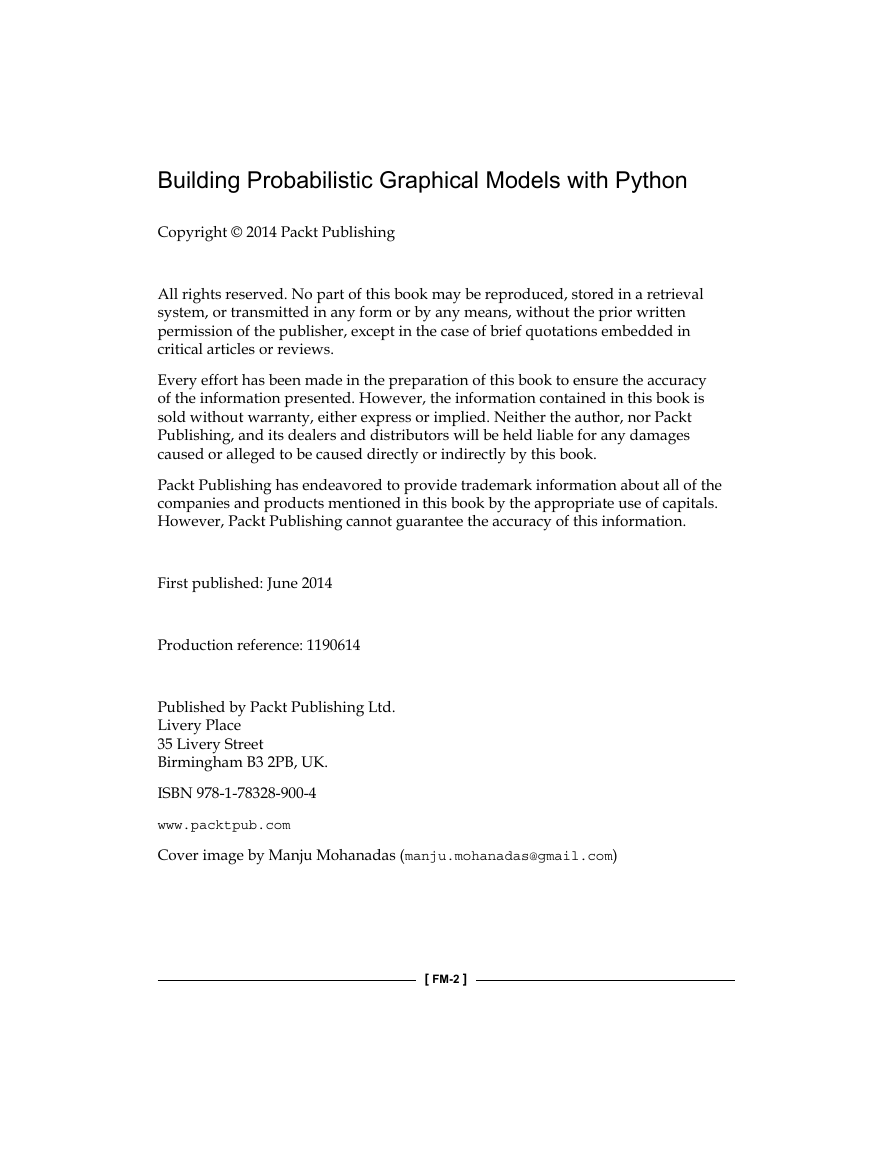
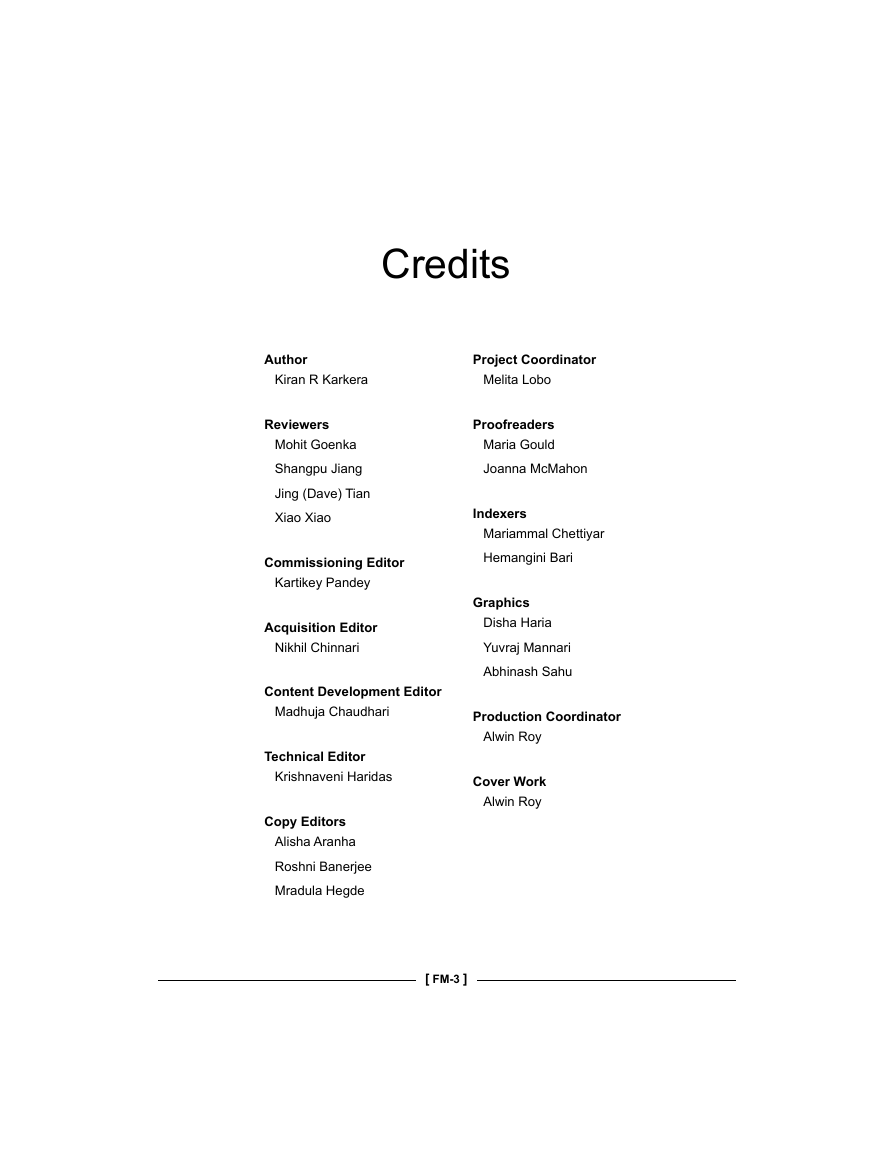

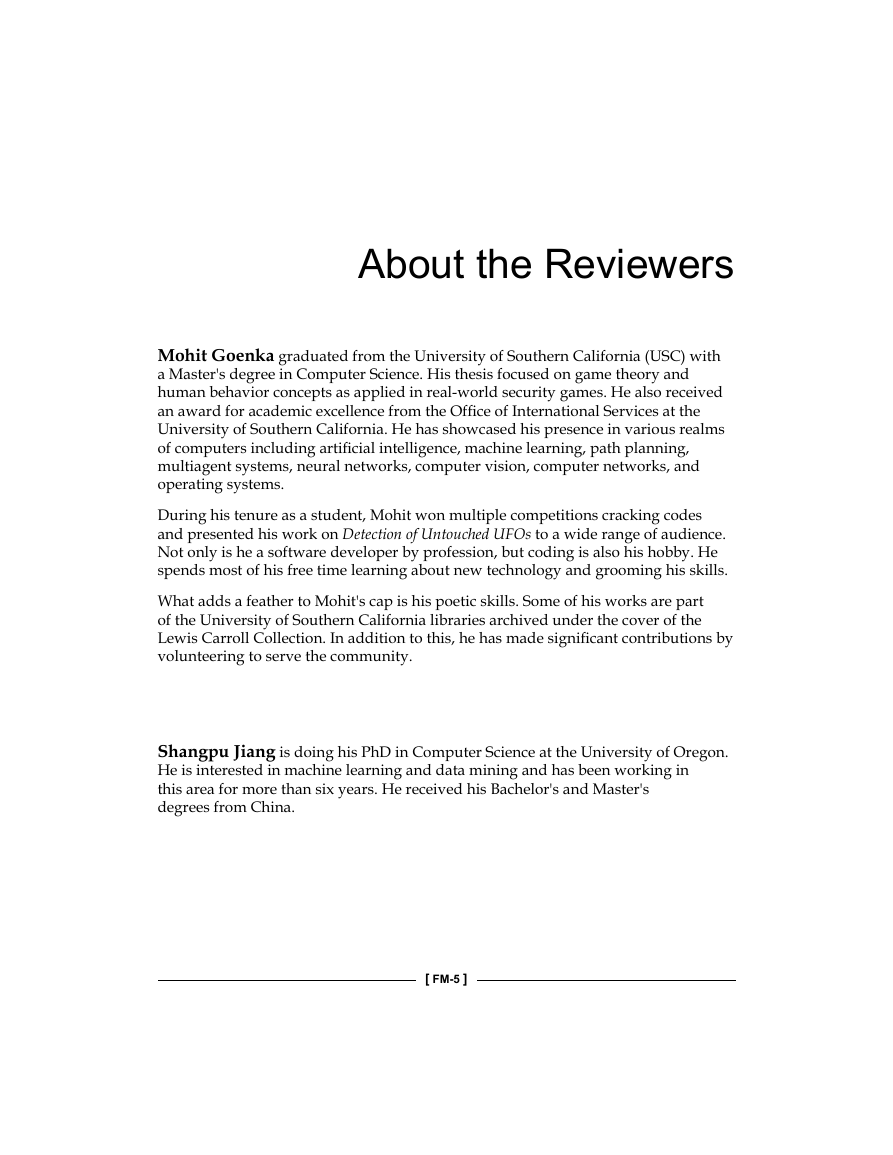
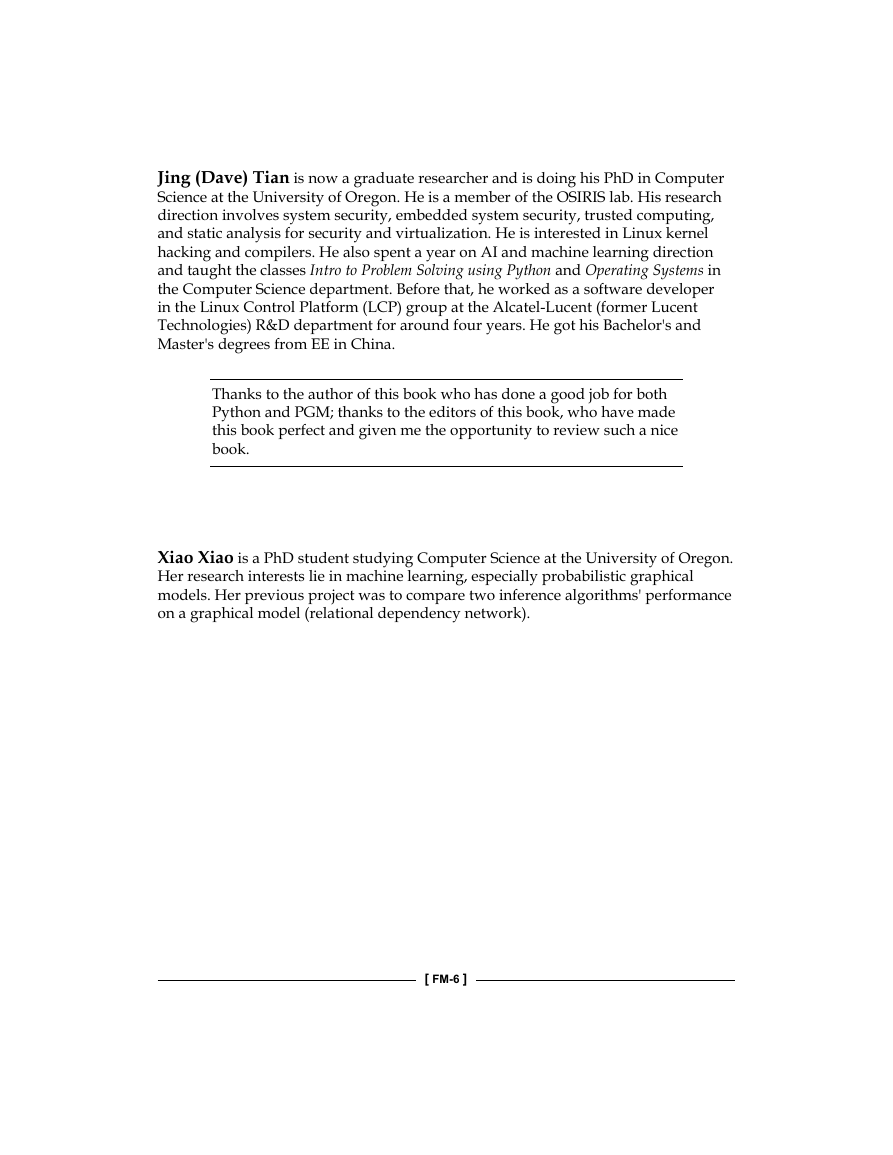









 2023年江西萍乡中考道德与法治真题及答案.doc
2023年江西萍乡中考道德与法治真题及答案.doc 2012年重庆南川中考生物真题及答案.doc
2012年重庆南川中考生物真题及答案.doc 2013年江西师范大学地理学综合及文艺理论基础考研真题.doc
2013年江西师范大学地理学综合及文艺理论基础考研真题.doc 2020年四川甘孜小升初语文真题及答案I卷.doc
2020年四川甘孜小升初语文真题及答案I卷.doc 2020年注册岩土工程师专业基础考试真题及答案.doc
2020年注册岩土工程师专业基础考试真题及答案.doc 2023-2024学年福建省厦门市九年级上学期数学月考试题及答案.doc
2023-2024学年福建省厦门市九年级上学期数学月考试题及答案.doc 2021-2022学年辽宁省沈阳市大东区九年级上学期语文期末试题及答案.doc
2021-2022学年辽宁省沈阳市大东区九年级上学期语文期末试题及答案.doc 2022-2023学年北京东城区初三第一学期物理期末试卷及答案.doc
2022-2023学年北京东城区初三第一学期物理期末试卷及答案.doc 2018上半年江西教师资格初中地理学科知识与教学能力真题及答案.doc
2018上半年江西教师资格初中地理学科知识与教学能力真题及答案.doc 2012年河北国家公务员申论考试真题及答案-省级.doc
2012年河北国家公务员申论考试真题及答案-省级.doc 2020-2021学年江苏省扬州市江都区邵樊片九年级上学期数学第一次质量检测试题及答案.doc
2020-2021学年江苏省扬州市江都区邵樊片九年级上学期数学第一次质量检测试题及答案.doc 2022下半年黑龙江教师资格证中学综合素质真题及答案.doc
2022下半年黑龙江教师资格证中学综合素质真题及答案.doc